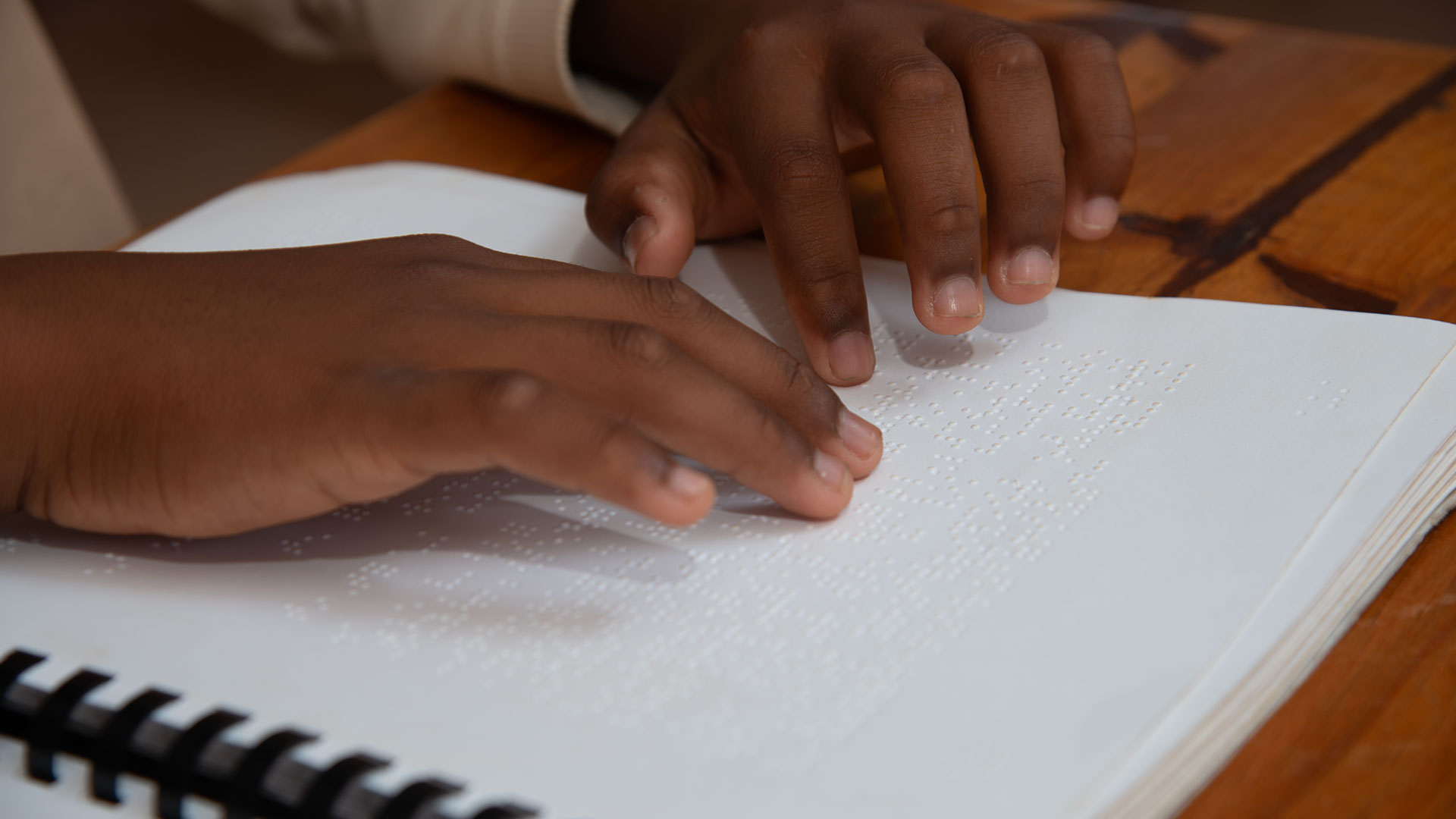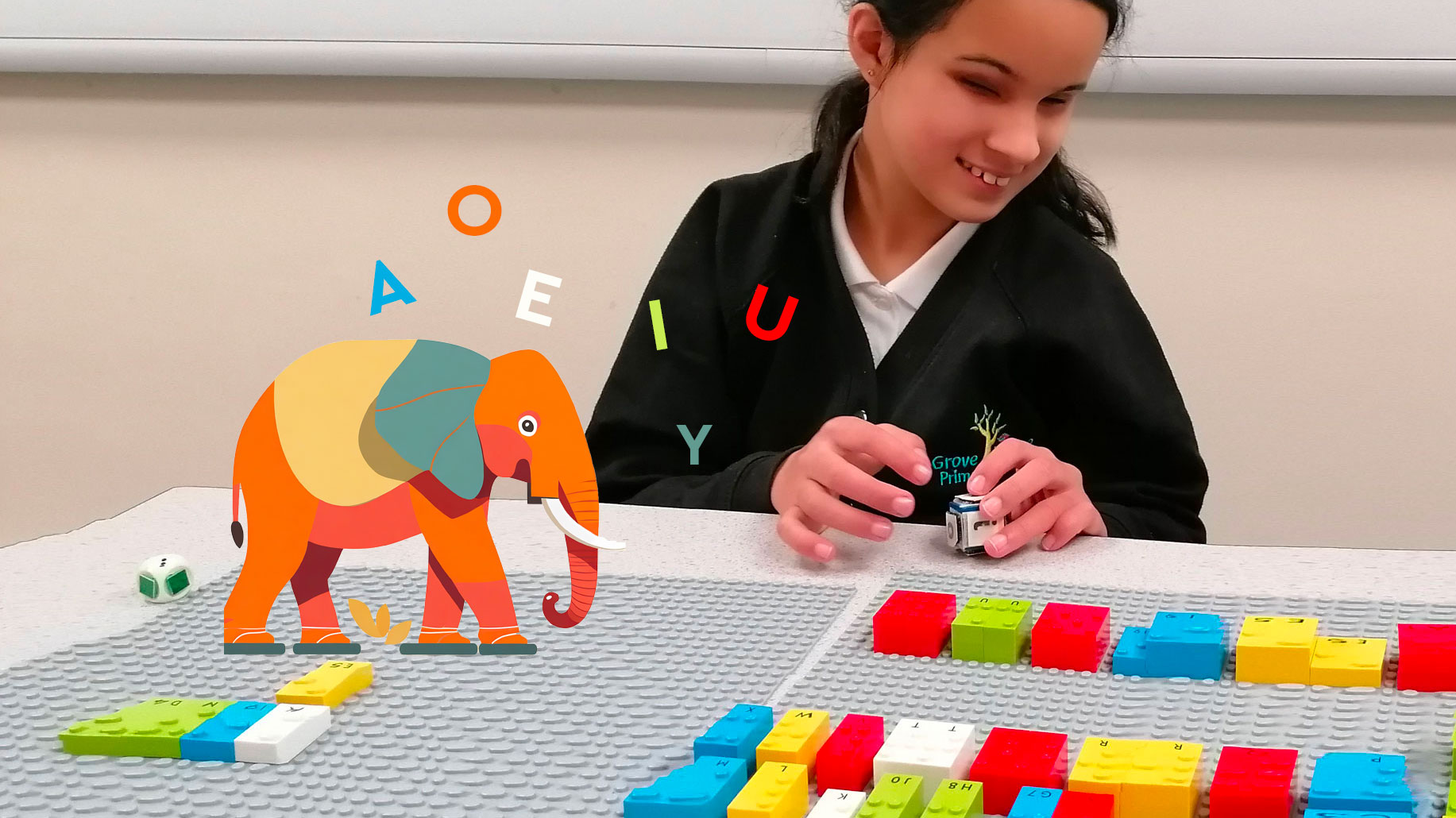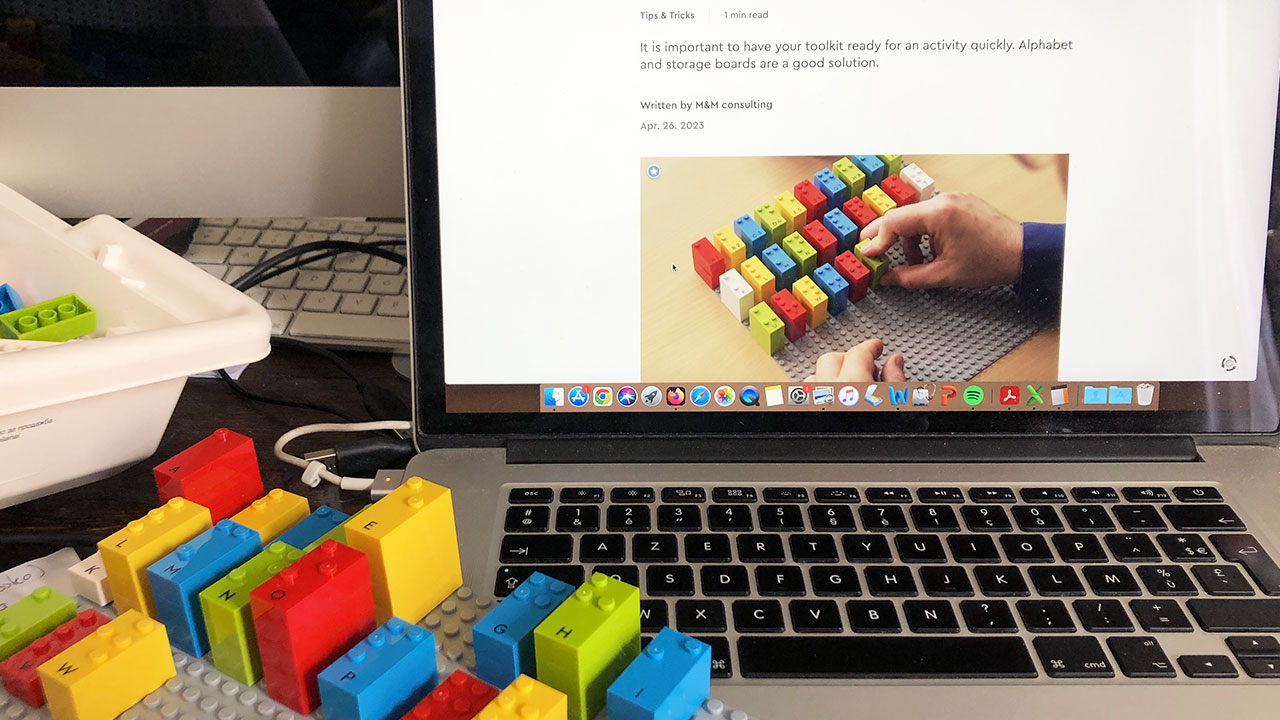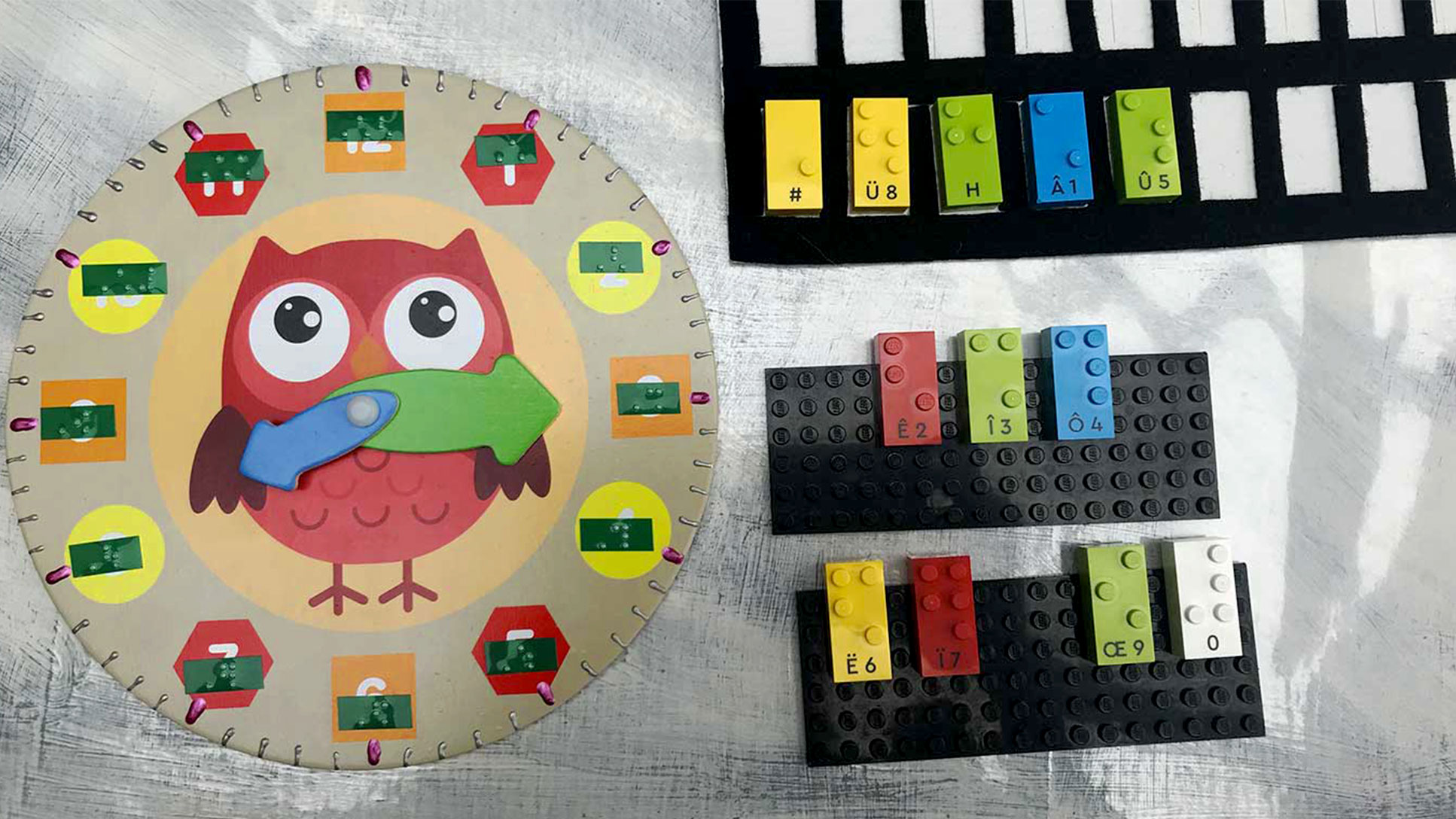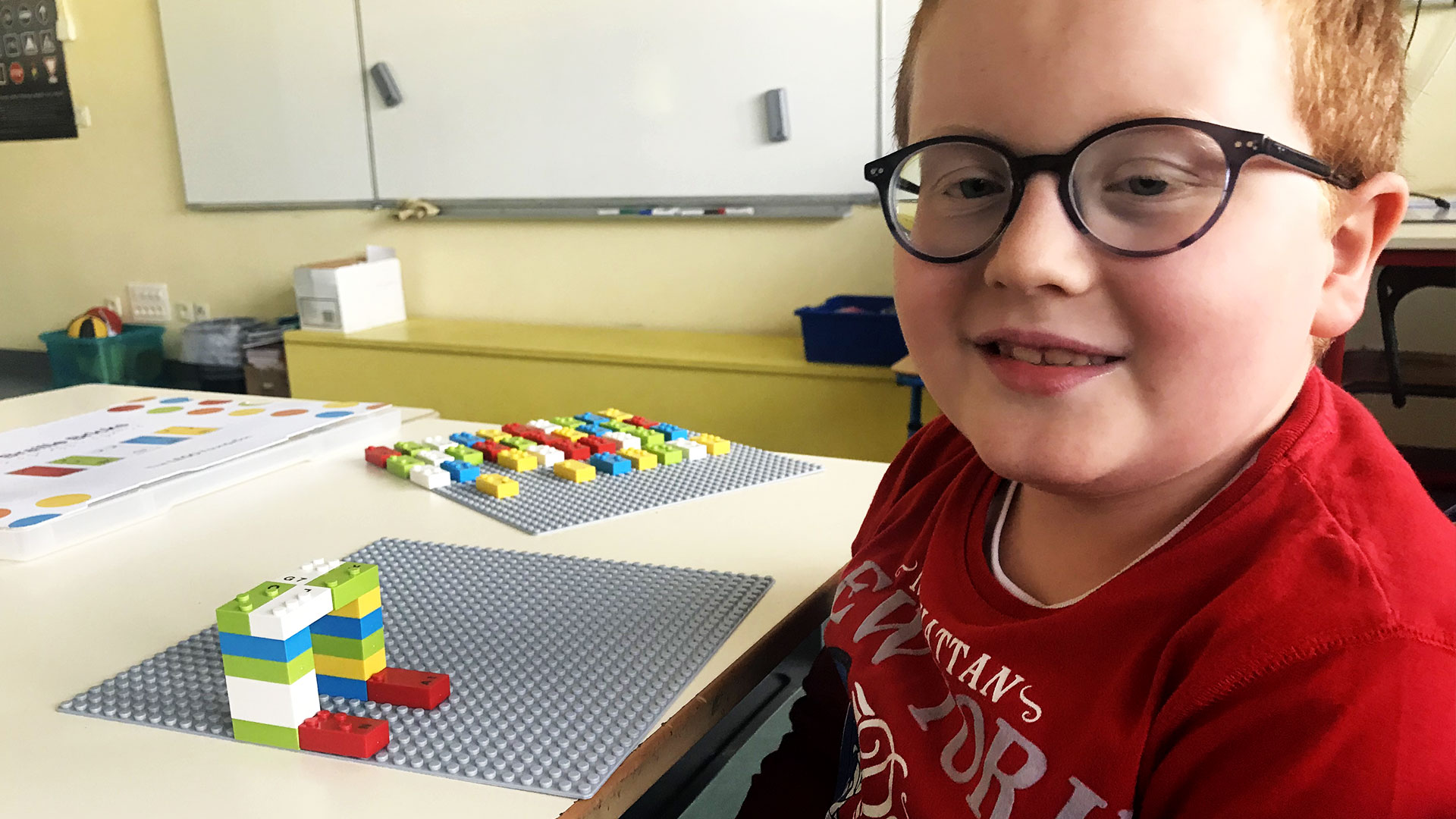Who was LOUIS BRAILLE?
The genius who transformed the education of the blind with and proved that blind people could learn.
Written by M&M
Nov. 17. 2023
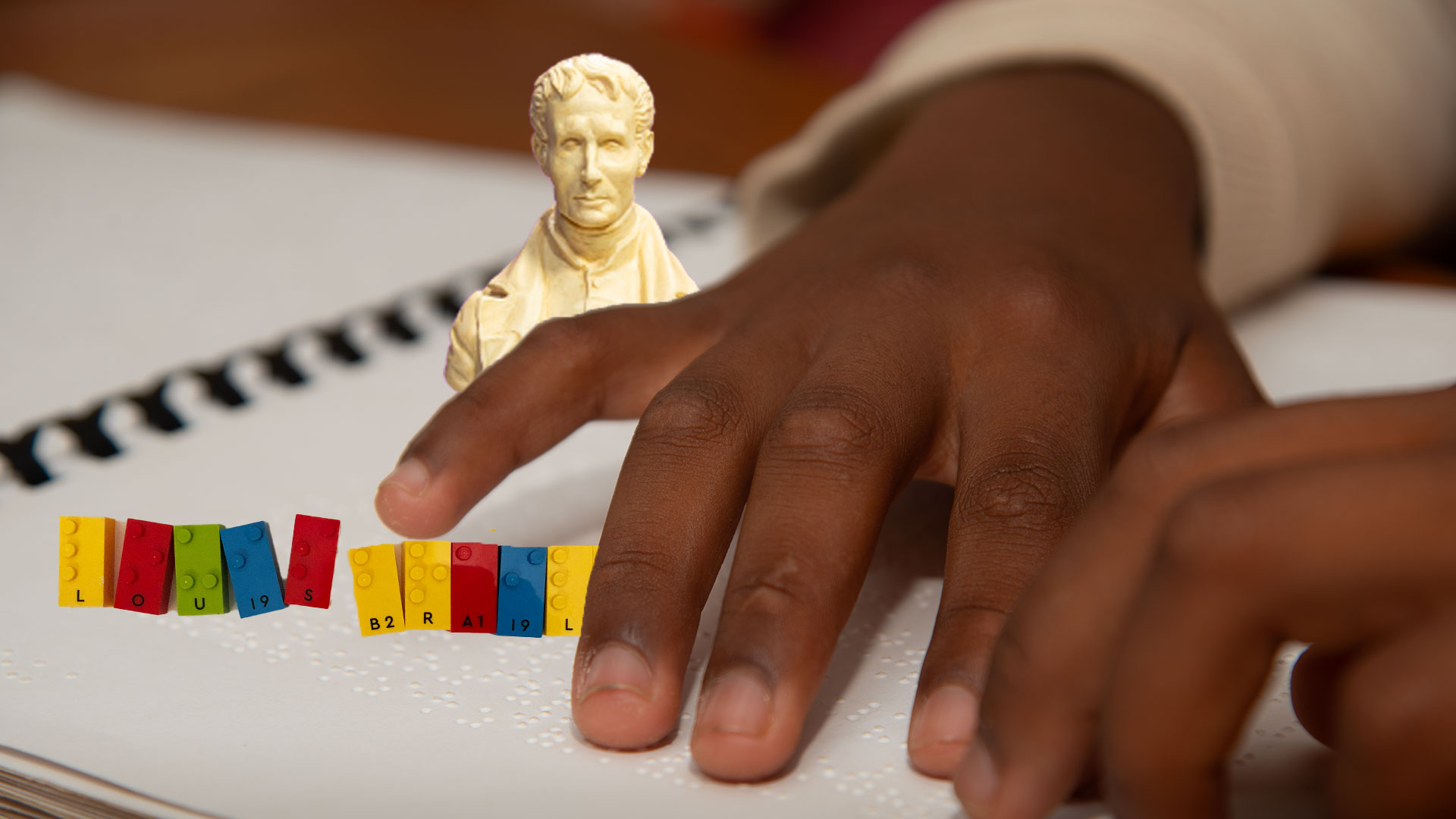
Louis Braille was born on January 4, 1809 in a small French village where his father worked as a craftsman leather worker. When Louis was 3 years old, he suffered an eye injury and became blind at the age of 5.
Nevertheless, Louis was very curious and loved learning new things every day. He often went for walks with the village priest, Father Palluy, who introduced him to nature and religion.
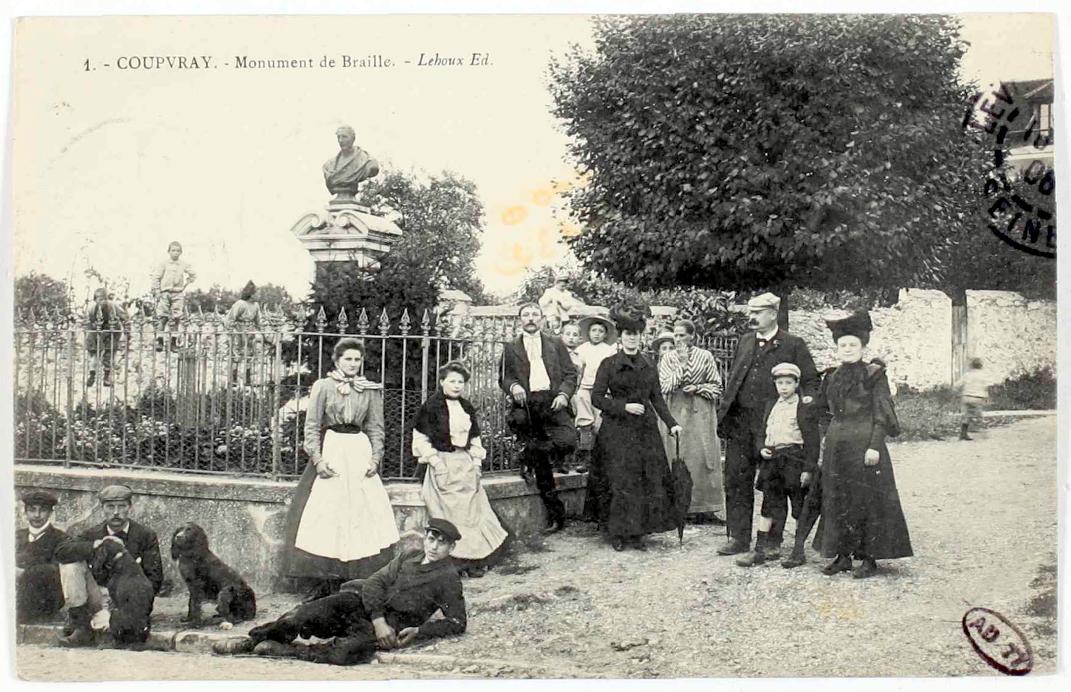
Father Palluy did everything he could to convince the village teacher, Mr. Becheret, to accept Louis in his school. The teacher agreed, but did not really pay much attention to his new student. He thought, like many at the time, that blind people could not learn. But after a few months, the teacher realized that six-year old Louis was answering all the questions asked in class.
Louis was 10 years old when he arrived in Paris at the Royal Institute for the Young Blind, founded thirty years earlier in Paris by Valentin Haüy. The dream of an upscale school quickly faded away; it was a dirty and smelly establishment. The manager, Mr. Guillié, was insensitive and couldn’t imagine a blind person being able to read. However, Louis was determined. He worked hard using the school’s few books with embossed letters. Only two copies were made each year. The books were heavy and the letters difficult to read with the fingers. But, he managed to learn to read!
Two years later, in 1821, the new principal, Mr. Pignier, assembled the students to attend Charles Barbier de la Serre's presentation of his new tactile night writing system. Everyone could experiment with a special slate and stylus created to represent letters with dots. It was an immediate success: dots were much easier to read and write than raised letters. But the disadvantages were not lacking: it was phonetic and the characters could have up to 12 dots, a height too high to be read immediately by a finger.
Louis tried to find a way to improve this promising system. So Braille directed his work towards a combination of bumps and raised lines. Indeed, by using letters and not sounds, it was possible to write numbers and punctuation marks using only six dots. Not only reading speed increased, but words could now be written according to their usual spelling. In 1825, the first version of Braille code was presented to the principal. Louis was 16.
At the age of 19, he became a teacher and won numerous awards in all fields: grammar, arithmetic, algebra, geometry, history, geography, rhetoric, cello, piano, bass and organ.
In 1829, the first presentation of Louis Braille's method was published. In 1837, the final version of the alphabet was published, in which the use of raised lines disappeared. It took a few years for braille code to be accepted and used. In 1850, this alphabet was officially adopted by the Institute for the Blind in Paris.
Braille died on January 6, 1852. Soon after his death, braille code was adopted throughout Europe and China. In 1858, this transcription system was first used in a school in the United States.


